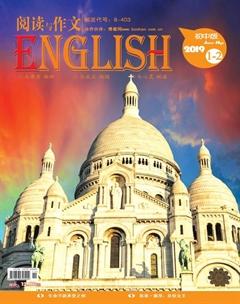洛阳龙门石窟
The Dragons Gate Grottoes or Longmen Caves are some of the finest examples of Chinese Buddhist art. Housing tens of thousands of statues of Buddha and his disciples, they are located 12 kilometres south of present-day Luoyang in Henan province, China. The images, many once painted, were carved as outside rock reliefs and inside artificial caves excavated from the limestone cliffs of the Xiangshan and Longmenshan mountains, running east and west. The Yi River flows northward between them and the area used to be called Yique (The Gate of the Yi River). The alternative name of “Dragons Gate Grottoes”derives from the resemblance of the two hills that check the flow of the Yi River to the typical “Chinese gate towers” that once marked the entrance to Luoyang from the south.
There are as many as 100,000 statues within the 2,345 caves, ranging from an 1 inch (25 mm) to 57 feet (17 m) in height. The area also contains nearly 2,500 stelae and inscriptions, whence the name “Forest of Ancient Stelae”, as well as over sixty Buddhist pagodas. Situated in a scenic natural environment, the caves were dug from a 1 kilometre stretch of cliff running along both banks of the river. 30% date from the Northern Wei Dynasty and 60% from the Tang, caves from other periods accounting for less than 10% of the total. Starting with the Northern Wei Dynasty in 493, patrons and donors included emperors, members of the royal family, other rich families, generals, and religious groups.
In 2000 the site was inscribed upon the UNESCO World Heritage List as“an outstanding manifestation of human artistic creativity,” for its perfection of an art form, and for its encapsulation of the cultural sophistication of Tang China.
There are several major grottoes with notable displays of Buddhist sculptures and calligraphic inscriptions. Some of the main caves and the year when work began within them include: Guyangdong (493), Binyangdong (505), Lianhuadong (520s), Weizidong (522), Weizidong (520s), Yaofangdong (570), Huijiandong (630s), Fahuadong (650s), Fengxiansi (672), Wanfosi (670-680s), Jinandong (684), Ganjingsi (684), and Leigutaidong (684).The Guyang, Binyang, and Linahua caves are horseshoeshaped.
Guyangdong
Guyangdong, or Guyang Cave, or Old Sun Cave, is recorded as the oldest Longmen cave with carvings in the Northern Wei style. It is also the largest cave, located in the central part of the west hill. It was carved under the orders of Emperor Xiaowen. The earliest carving in this limestone cave has been now dated at 478, during the period when Emperor Xiaowen was thought to have been moving his capital from Datong to Luoyang. The Buddhist statues in the niches of this cave are very well sculpted. Also found here are 600 inscriptions in fine calligraphy of writings in the Northern Wei style. Many of the sculptures inside the cave were contributed by royalty, religious groups supported this activity. The cave has three very large image—the central image is of Sakyamuni Buddha with Bodhisattvas on either side. The features of the images are indicative of the Northern Wei style, typically of slim and emaciated figures. There are about 800 inscriptions on the walls and in the niches inside the cave, the most in any cave in China. There are two rows of niches on the northern and southern walls of the cave, which house a very large number of images. The artists recorded their names, the dates, and the reasons for carving them.

